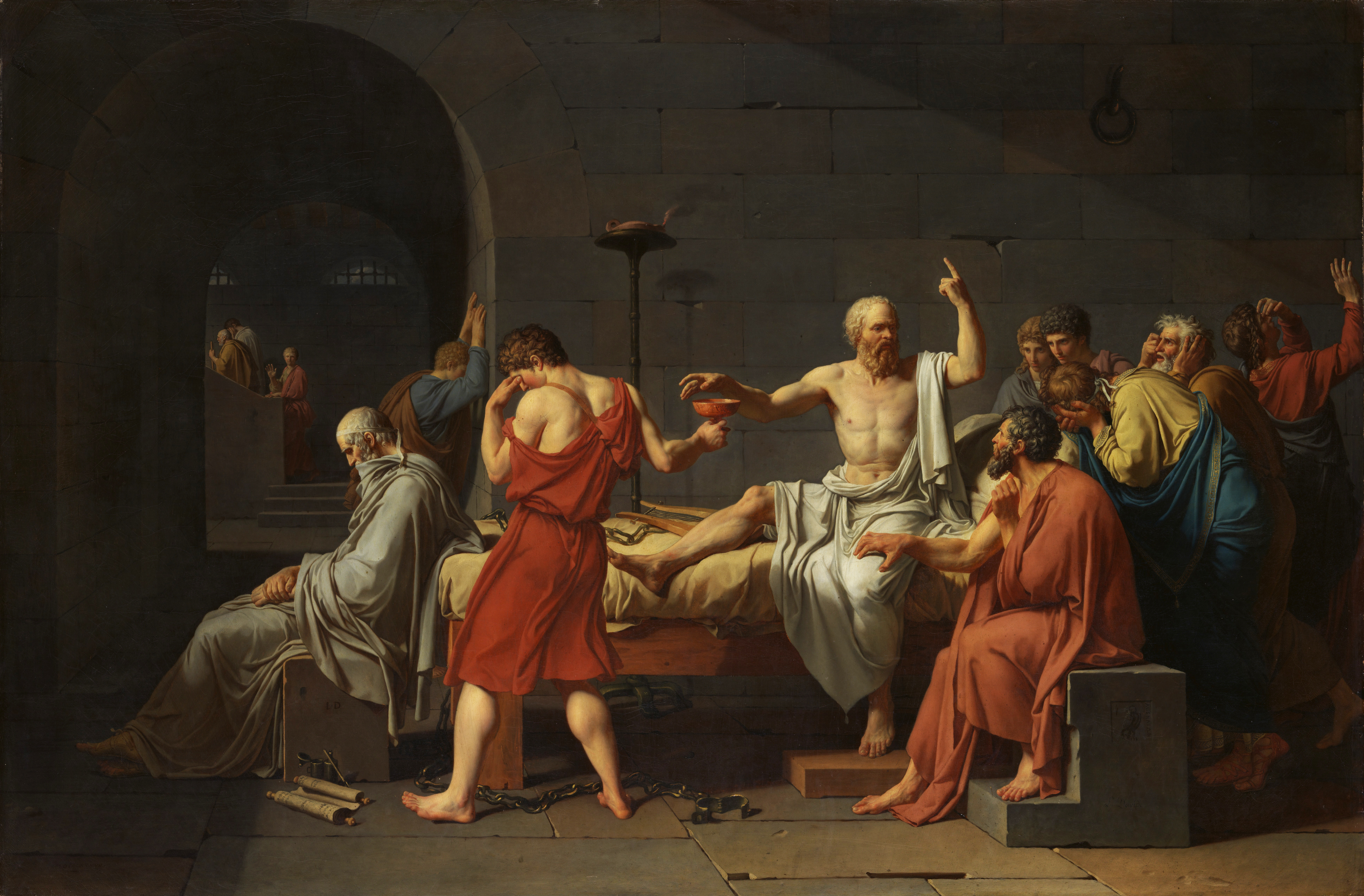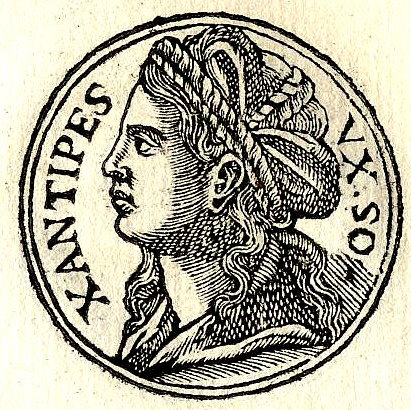|
Detectives In Togas
''Detectives in Togas'' (original title: ''Caius ist ein Dummkopf''; "''Caius is an Idiot''") is a children's book written by Henry Winterfeld, and translated from the German by Richard and Clara Winston. Set in ancient Rome, the story follows a group of schoolboys who try to solve several crimes: the attack on their teacher and the desecration of a temple wall. ''Detectives in Togas'' was published in 1956, and reissued in 1984, 1990, and 2003. It was marketed for children ages 9–12. It was followed by two sequels: ''Caius geht ein Licht auf'' ("''Caius has a Revelation''"; English title: ''Mystery of the Roman Ransom'') and ''Caius in der Klemme ''("''Caius is in Trouble''"). Synopsis ''Detectives in Togas'' During a Greek vocabulary class in the Xanthos School, Rufus plays a prank on Caius involving a wax tablet with the inscription "Caius is an idiot". Caius takes offense and starts a fight with Rufus, and Xantippus permanently dismisses Rufus from his school. When the p ... [...More Info...] [...Related Items...] OR: [Wikipedia] [Google] [Baidu] |
Henry Winterfeld
Henry Winterfeld (April 9, 1901 – January 27, 1990), published under the pseudonym Manfred Michael, was a German writer and artist famous for his children's and young adult novels. He emigrated to the U.S. in 1940 and lived there until his death. Henry Winterfeld was married to Elsie Winterfeld, who was a designer of toys and created a patented three-faced doll. Biography Henry Winterfeld began his career as a writer in 1933, when he wrote to entertain his son, Thomas Henry Winterfeld (1923–2008, an oceanographer), who was young and sick with scarlet fever. The result was Henry Winterfeld's first book, ''Trouble at Timpetill'', which was published in 1937 in German under the pseudonym Manfred Michael. He wrote many books aimed at children. These books have been translated into various languages. A couple have been made into videos, such as the movie ''Les enfants de Timpelbach'' (English: ''Trouble at Timpetill'') (2008). Because of the Nazi regime in Germany, Henry W ... [...More Info...] [...Related Items...] OR: [Wikipedia] [Google] [Baidu] |
Battle Of The Teutoburg Forest
The Battle of the Teutoburg Forest, also called the Varus Disaster or Varian Disaster () by Ancient Rome, Roman historians, was a major battle fought between an alliance of Germanic peoples and the Roman Empire between September 8 and 11, 9 AD, near modern Kalkriese. Fighting began with an ambush by the Germanic alliance on three Roman legions being led by Publius Quinctilius Varus and their auxiliaries; the alliance was led by Arminius, a Germanic chieftain and officer of Varus's auxilia. Arminius had received Roman citizenship and a Roman Military education and training, military education, thus allowing him to deceive the Romans methodically and anticipate their tactical responses. Teutoburg Forest is considered one of the most important defeats in Roman history, bringing the triumphant period of expansion under Augustus to an abrupt end. It dissuaded the Romans from pursuing the conquest of Germania, and so can be considered one of the most important events in European ... [...More Info...] [...Related Items...] OR: [Wikipedia] [Google] [Baidu] |
Roman Law
Roman law is the law, legal system of ancient Rome, including the legal developments spanning over a thousand years of jurisprudence, from the Twelve Tables (), to the (AD 529) ordered by Eastern Roman emperor Justinian I. Roman law also denoted the legal system applied in most of Western Europe until the end of the 18th century. In Germany, Roman law practice remained in place longer under the Holy Roman Empire (963–1806). Roman law thus served as a basis for Civil law (legal system), legal practice throughout Western continental Europe, as well as in most former colonies of these European nations, including Latin America, and also in Ethiopia. English and Anglo-American common law were influenced also by Roman law, notably in their Latinate legal glossary. Eastern Europe was also influenced by the jurisprudence of the , especially in countries such as medieval Romania, which created a new legal system comprising a mixture of Roman and local law. After the dissolution of ... [...More Info...] [...Related Items...] OR: [Wikipedia] [Google] [Baidu] |
Tribune
Tribune () was the title of various elected officials in ancient Rome. The two most important were the Tribune of the Plebs, tribunes of the plebs and the military tribunes. For most of Roman history, a college of ten tribunes of the plebs acted as a check on the authority of the Roman senate, senate and the Roman magistrate, annual magistrates, holding the power of ''ius intercessionis'' to intervene on behalf of the Plebs, plebeians, and veto unfavourable legislation. There were also military tribunes, who commanded portions of the Roman army, subordinate to higher magistrates, such as the Roman consul, consuls and praetors, promagistrates, and their legatus, legates. Various officers within the Roman army were also known as tribunes. The title was also used for several other positions and classes in the course of Roman history. Tribal tribunes The word ''tribune'' is derived from the Roman tribes. The three original tribes known as the ''Ramnes'' or ''Ramnenses'', ''Titi ... [...More Info...] [...Related Items...] OR: [Wikipedia] [Google] [Baidu] |
Socrates
Socrates (; ; – 399 BC) was a Ancient Greek philosophy, Greek philosopher from Classical Athens, Athens who is credited as the founder of Western philosophy and as among the first moral philosophers of the Ethics, ethical tradition of thought. An enigmatic figure, Socrates authored no texts and is known mainly through the posthumous accounts of classical writers, particularly his students Plato and Xenophon. These accounts are written as dialogues, in which Socrates and his interlocutors examine a subject in the style of question and answer; they gave rise to the Socratic dialogue literary genre. Contradictory accounts of Socrates make a reconstruction of his philosophy nearly impossible, a situation known as the Socratic problem. Socrates was a polarizing figure in Athenian society. In 399 BC, he was accused of Asebeia, impiety and corrupting the youth. After Trial of Socrates, a trial that lasted a day, he was sentenced to death. He spent his last day in prison ... [...More Info...] [...Related Items...] OR: [Wikipedia] [Google] [Baidu] |
Xanthippe
Xanthippe (; ; fl. 5th–4th century BCE) was an Classical Athens, ancient Athenian, the wife of Socrates and mother of their three sons: Lamprocles, Sophroniscus, and Menexenus. She was likely much younger than Socrates, perhaps by as much as 40 years. In Xenophon's ''Symposium (Xenophon), Symposium'', she is described by Antisthenes as "the most difficult, harshest, painful, ill-tempered" wife; this characterisation of Xanthippe has influenced all subsequent portrayals of her. Life Little is known about the life of Xanthippe. The ancient sources that mention her do so primarily to illustrate something about the character of Socrates, rather than provide any biographical information about Xanthippe. She was probably born around 440 BCE, making her around 30 years younger than Socrates, who was born . Xanthippe's father may have been called Lamprocles, and Socrates and Xanthippe's Lamprocles, eldest son been named after him; this may have been the Lamprocles mentioned by Arist ... [...More Info...] [...Related Items...] OR: [Wikipedia] [Google] [Baidu] |
Patrician (ancient Rome)
The patricians (from ) were originally a group of ruling class families in ancient Rome. The distinction was highly significant in the Roman Kingdom and the early Roman Republic, Republic, but its relevance waned after the Conflict of the Orders (494 BC to 287 BC). By the time of the late Republic and Roman Empire, Empire, membership in the patriciate was of only nominal significance. The social structure of ancient Rome revolved around the distinction between the patricians and the plebeians. The status of patricians gave them more political power than the plebeians, but the relationship between the groups eventually caused the Conflict of the Orders. This time period resulted in changing of the social structure of ancient Rome. After the Western Roman Empire, Western Empire fell, the term "patrician" continued as a high Byzantine aristocracy and bureaucracy, honorary title in the Eastern Empire. In many Italian city-states, medieval Italian republics, especially in Republic of V ... [...More Info...] [...Related Items...] OR: [Wikipedia] [Google] [Baidu] |
Roman Senate
The Roman Senate () was the highest and constituting assembly of ancient Rome and its aristocracy. With different powers throughout its existence it lasted from the first days of the city of Rome (traditionally founded in 753 BC) as the Senate of the Roman Kingdom, to the Senate of the Roman Republic and Senate of the Roman Empire and eventually the Byzantine Senate of the Eastern Roman Empire, existing well into the post-classical era and Middle Ages. During the days of the Roman Kingdom, the Senate was generally little more than an advisory council to the king. However, as Rome was an electoral monarchy, the Senate also elected new Roman kings. The last king of Rome, Lucius Tarquinius Superbus, was overthrown following a coup d'état led by Lucius Junius Brutus, who founded the Roman Republic. During the early Republic, the Senate was politically weak, while the various executive Roman magistrates who appointed the senators for life (or until expulsion by Roma ... [...More Info...] [...Related Items...] OR: [Wikipedia] [Google] [Baidu] |
Mausoleum
A mausoleum is an external free-standing building constructed as a monument enclosing the burial chamber of a deceased person or people. A mausoleum without the person's remains is called a cenotaph. A mausoleum may be considered a type of tomb, or the tomb may be considered to be within the mausoleum. Overview The word ''mausoleum'' (from the ) derives from the Mausoleum at Halicarnassus (near modern-day Bodrum in Turkey), the grave of King Mausolus, the Persian satrap of Caria, whose large tomb was one of the Seven Wonders of the Ancient World. Mausolea were historically, and still may be, large and impressive constructions for a deceased leader or other person of importance. However, smaller mausolea soon became popular with the gentry and nobility in many countries. In the Roman Empire, these were often in necropoles or along roadsides: the via Appia Antica retains the ruins of many private mausolea for kilometres outside Rome. When Christianity became domin ... [...More Info...] [...Related Items...] OR: [Wikipedia] [Google] [Baidu] |
Invisible Ink
Invisible ink, also known as security ink or sympathetic ink, is a substance used for writing, which is invisible either on application or soon thereafter, and can later be made visible by some means, such as heat or ultraviolet light. Invisible ink is one form of steganography. History One of the earliest writers to mention an invisible ink is Aeneas Tacticus, in the 4th century BC. He mentions it in discussing how to survive under siege but does not indicate the type of ink to be used. This was part of his list of the 20 different methods of secret communications in a book called ''On the Defense of Fortifications''. One of the techniques that involved steganography involved puncturing a tiny hole above or below letters in a document to spell out a secret message. This did not include an invisible ink but the Germans improved on the method during World War I and World War II. They used invisible ink and microdots instead of pinpricks. Philo of Byzantium may be the first write ... [...More Info...] [...Related Items...] OR: [Wikipedia] [Google] [Baidu] |
Centurion
In the Roman army during classical antiquity, a centurion (; , . ; , or ), was a commander, nominally of a century (), a military unit originally consisting of 100 legionaries. The size of the century changed over time; from the 1st century BC through most of the imperial era it was reduced to 80 men. A centurion was promoted for being an exemplary soldier and was then expected to become a strict commander of his subordinates, to lead his troops by example, and coordinate his century's actions. They were also responsible for handling logistics and supplies, as well as any discipline that was required. In a Roman legion, centuries were grouped into cohorts and commanded by a senior centurion. The prestigious first cohort (a formation of five double-strength centuries of 160 men each) was led by the '' primus pilus,'' who commanded the ''primi ordines'' who were the centurions of the first cohort. A centurion's symbol of office was the vine staff, with which they disciplined e ... [...More Info...] [...Related Items...] OR: [Wikipedia] [Google] [Baidu] |







